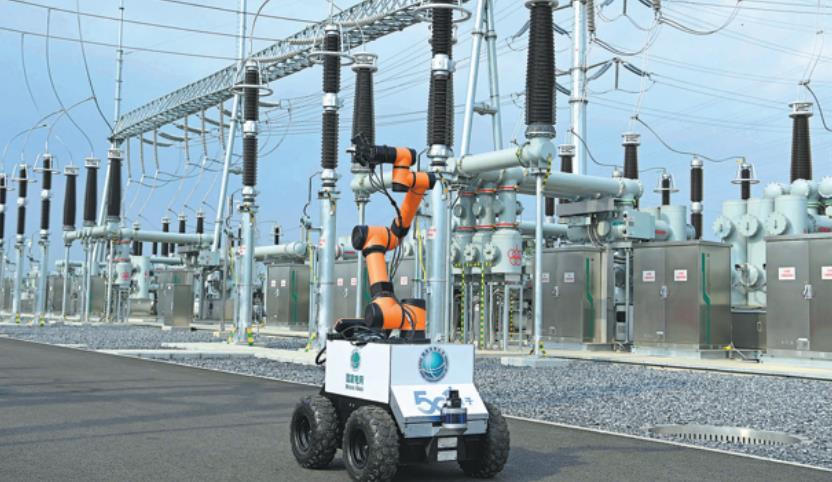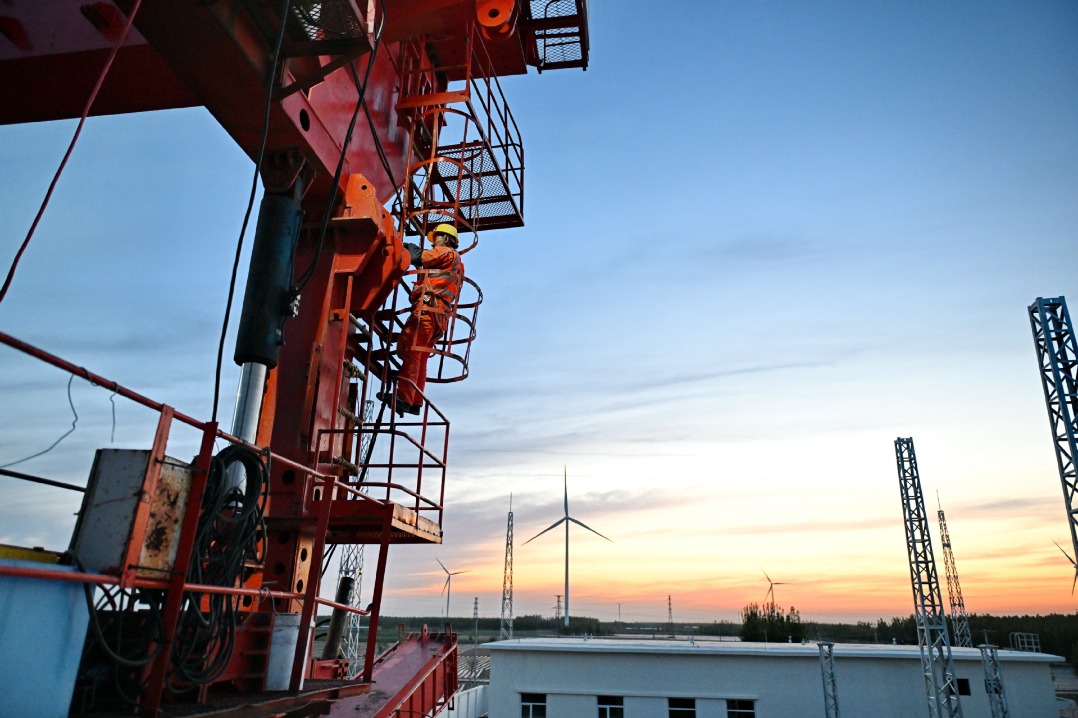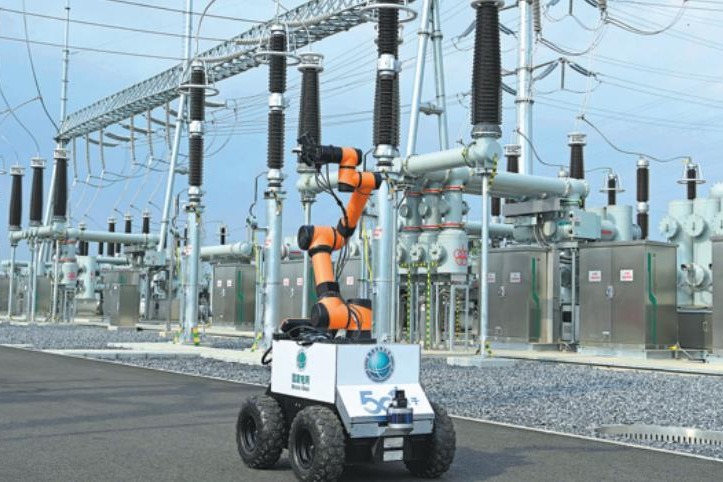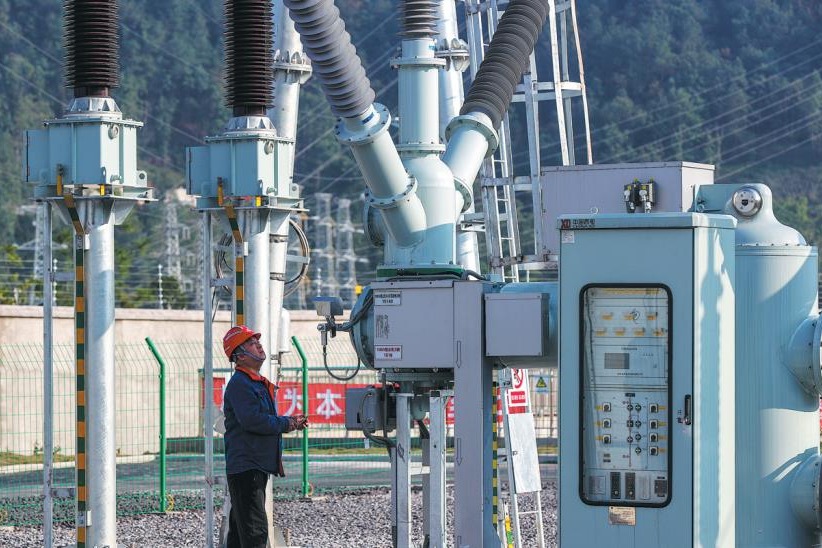Grid stability making power losses a thing of past


China has dramatically transformed its power grid security and reliability in recent years, overcoming past power shortages to build a system now boasting the world's highest voltage levels, largest renewable energy integration and most robust resource allocation capabilities, industry experts said.
In a remarkable turnaround, the country's electricity system has undergone "leapfrog development", said Zhou Xia, director-general of the Center of Power Reliability Management at the China Electricity Council.
Just a few years ago, power shortages were a recurring issue in many parts of China, hindering economic growth and daily life. However, after massive investments and technological advances, China now operates what is arguably the most advanced power grid worldwide, Zhou said.
The council said power supply reliability across China reached 99.924 percent in 2024, a 0.013 percentage point increase year-on-year and a significant rise from the early 1990s, when urban residents faced an average of 96.54 hours of power outages annually.
In 2024, that figure had plummeted to just 1.99 hours per household, a reduction of over 97 percent, it said.
Rural areas have also seen substantial gains, with power supply reliability for rural grid users now at 99.92 percent, data showed.
"Over the past decade, the equivalent availability factor for thermal and hydropower generating units has remained stable above 90 percent, while the availability factor for major transmission and substation facilities has been maintained at above 99 percent," said Zhou.
"Energy availability of ultra-high voltage and extra-high voltage direct current transmission systems has been sustained at above 95 percent, generally better than advanced international levels."
Domestic grid companies — including State Grid Corp of China — have been actively stepping up investment in the construction of UHV power transmission projects, enabling efficient long-distance transmission of massive amounts of power.
UHV transmission lines refer to power transmission cables operating with greater than 800 kilovolts of DC, or 1,000 kV of alternating current.
Compared with traditional transmission lines, UHV lines not only increase transmission capacity and extend transmission distances, but also reduce transmission losses. This technology is crucial for connecting remote renewable energy sources in the west to demand centers in the east.
State Grid Corp of China, the country's main national grid operator, said that it would invest a record of over 650 billion yuan ($90.1 billion) in the country's power grid this year, up from 600 billion in 2024.
The investment will mostly focus on optimizing the power grid, strengthening distribution infrastructure and providing for the high-quality development of renewable electricity, it said.
Zhou said that drones, robots and artificial intelligence are now routinely used for automated grid inspections, improving efficiency and reducing downtime.
Emergency response systems have been strengthened, and live-line working techniques, which allow for maintenance without power interruptions, are now widely deployed, she said.
Experts said these advances have not only boosted reliability, but also supported China's massive expansion of renewable energy capacity. The upgraded grid is better equipped to handle the integration of large-scale solar and wind power, which is crucial for the country's energy transition and carbon neutrality goals.
Shu Yinbiao, an academician at the Chinese Academy of Engineering, said transformation of the power sector plays a critical role in facilitating the government's ambition to achieve carbon neutrality before 2060.
China's power sector, after more than two decades of reform, boasts the world's largest installed capacity, Shu said.
He added that while China has made remarkable progress, challenges remain in maintaining and further enhancing the reliability of such a vast and complex system, particularly as the share of variable renewable energy continues to grow.
China should continue accelerating independent innovation in the power system, concentrating efforts on breakthroughs in core technologies to ensure the healthy operation of new power systems, Shu said, adding that it is still necessary to step up technological innovation to further facilitate the large-scale application of clean energy nationwide.




































